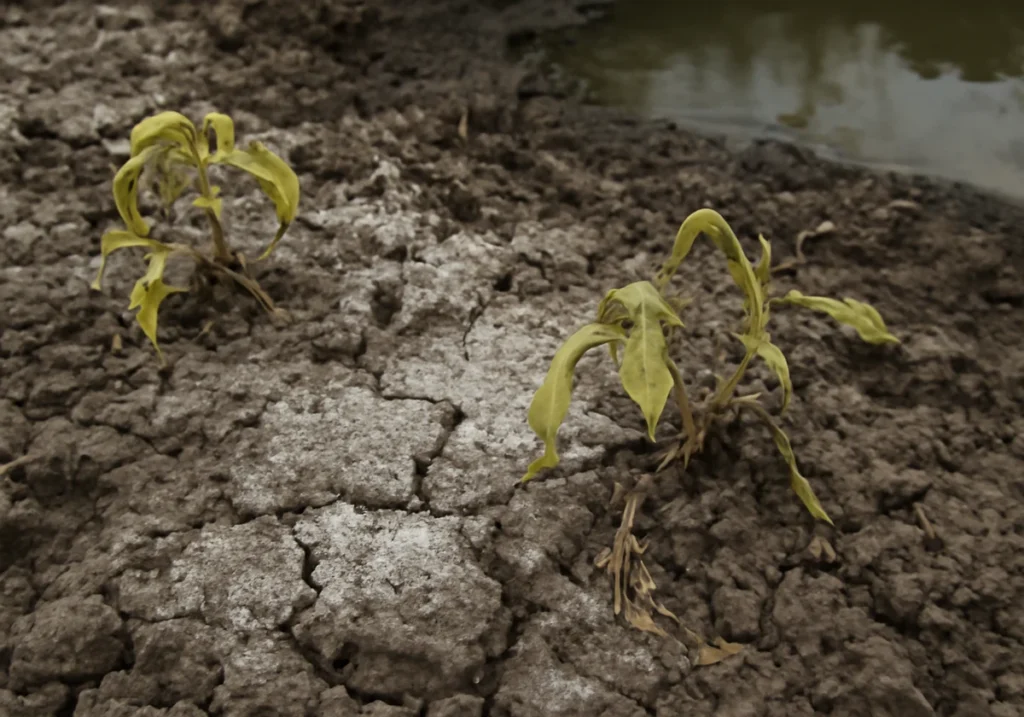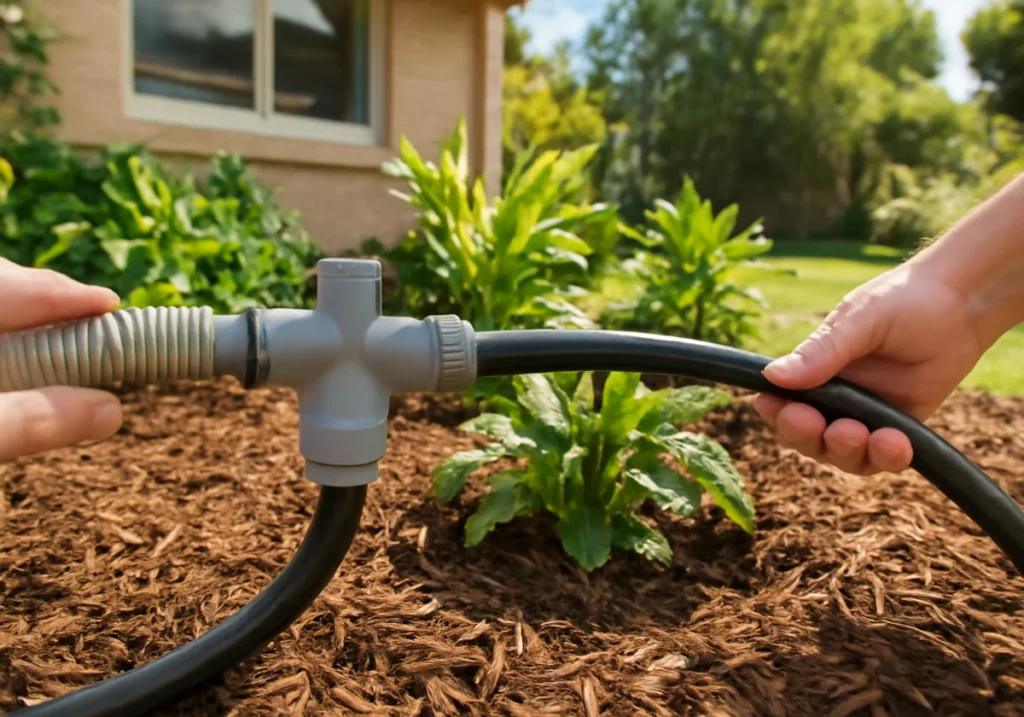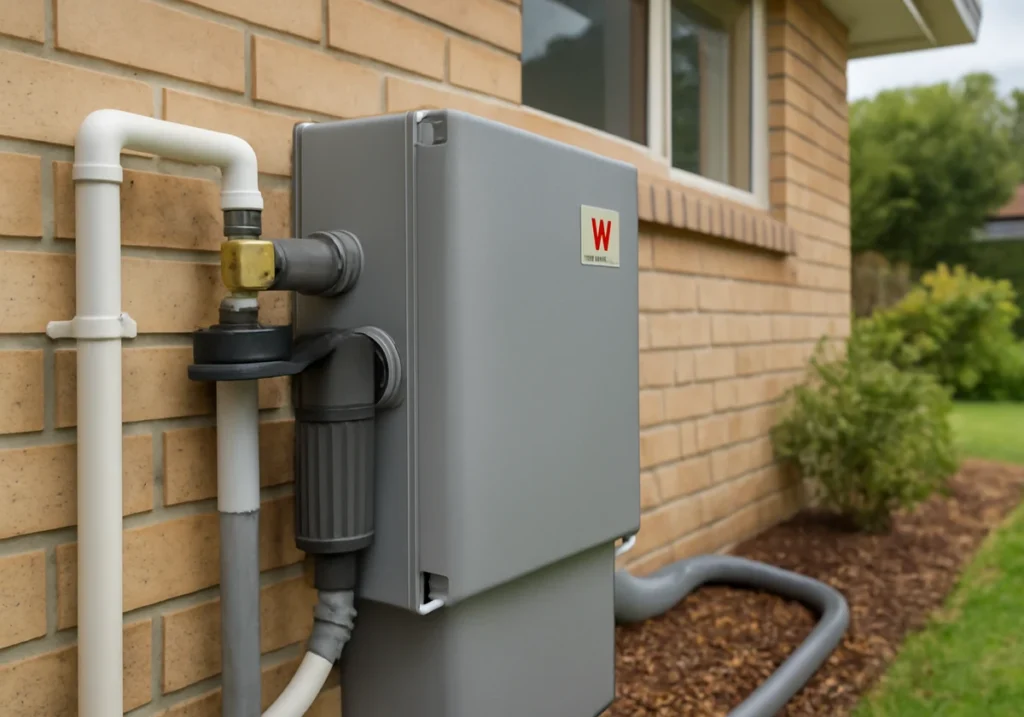Most people want to reuse household water but worry about doing it wrong.
“Will it damage the soil? Could it make plants sick?”
These concerns keep many Australians pouring around 100 litres of usable shower and laundry water (per person) down the drain each day.
As a sustainability platform, we deal with people’s safety questions like these constantly. The good news is that greywater reuse is genuinely safe when you follow some guidelines that protect the garden and groundwater.
In this article, we’ll share:
- Safe versus unsafe household water sources
- Simple systems that work without health risks
- Rules that keep your soil and plants healthy
- Cost breakdowns for every budget level
Keep reading to learn exactly how to reuse water safely at your home.
What is Greywater and Why It’s Important for Water Conservation
Greywater is the lightly used water from your showers, baths, laundry, and bathroom sinks.
According to the United Nations, roughly half the world’s population experienced severe water scarcity for at least part of the year in 2022. And climate change is worsening these conditions every year. This makes capturing and reusing greywater one of the smartest ways to build drought resilience at home.
Before we explore the systems available, here’s what you need to know about greywater safety and benefits:
Defining Greywater Versus Blackwater
Greywater comes from daily activities like washing clothes and taking showers, while blackwater is wastewater from toilets that contains harmful germs and bacteria.
Unlike blackwater, greywater is relatively clean, containing mainly soap, skin cells, and hair from bathroom use and lint from laundry loads. So it doesn’t pose the same serious health risks when handled correctly.
However, blackwater from toilet flushing has high germs and needs serious treatment processes through proper sewer or septic systems. Since most homes don’t have that specialised equipment for recycling water from toilets, it makes greywater the practical choice for wastewater reuse at home.
Environmental and Drought Resilience Benefits
Reusing greywater is one of the most effective ways to make your home drought-resilient. The reason is pretty simple: redirecting shower and laundry water to your garden means you’re not drawing from already stressed water supplies.
In regional communities facing climate variability, it takes pressure off local water supplies and saves fresh water for drinking and cooking. Every litre of greywater you use for irrigation means one less litre drawn from dams, rivers, or groundwater.
While the benefits are clear, it’s equally important to understand the risks.
Health and Environmental Risks of Untreated Greywater

Can untreated greywater harm your garden or family? Yes, when mishandled, it poses genuine health and environmental risks.
If greywater sits for more than 24 hours, it turns septic and develops foul odours and dangerous bacteria levels. Ultimately, these health and environmental risks affect both your property and the surrounding area:
- Health Risks: When people touch or accidentally ingest contaminated greywater, there’s a high risk of skin infections, stomach illness, and bacterial exposure from pathogens.
- Environmental Risks: Soap residues contain salts and chemicals that accumulate in soil, eventually making it water-repellent or overly alkaline. Also, toxic buildup damages plant roots and creates hard, compacted soil that won’t absorb water properly.
Now that you understand what greywater is and why safe handling is important, let’s look at the systems you can use.
Easy Systems for Garden Irrigation
If you’re thinking a greywater system is complicated or expensive, we can assure you that’s not the case. Even complete beginners can start with a simple bucket, and more advanced setups still cost less than a few months of water bills.
In this section, we’re going to walk you through three practical systems that work for different needs and garden sizes.
The Basic ‘Bucket and Pour’ and Hand Basins Method
This method requires no installation and is the perfect entry point for greywater use. Since it requires no installation, it’s the easiest way to start saving water.
All you have to do is place a bucket in your shower to catch water while it warms up, or collect water from your hand basin after washing your hands and face. Then simply carry the bucket outside and pour it around trees, shrubs, or garden beds.
The best thing is that you can start today with the equipment you already own.
Useful Tip: Avoid water from kitchen sinks since this method can’t handle the grease and food scraps like pasta sauce or cooking oil that clog the soil.
Laundry-to-Landscape Installation and Components

The laundry-to-landscape system works by diverting water from your washing machine straight to your garden without any storage tanks or complex filtration. It uses relatively clean rinse water and delivers it immediately to plants.
The system needs just three main components:
- Three-way diverter valve
- Irrigation tubing or hose
- Mulch basins or subsurface outlets
When you look at the installation process, it’s also easy enough for a weekend project. First, you have to connect the diverter valve to your washing machine’s outlet and then run tubing to the garden areas. Your plants will benefit from the mulched zones that help the water soak in slowly rather than running off.
We recommend spreading the water across multiple garden beds rather than concentrating it in one spot. It protects soil health and makes better use of fresh water resources.
Essential Rules for Safe Subsurface Application
Subsurface irrigation systems bury the water outlets below the soil surface, typically 10-30 centimetres deep. This lets greywater soak directly into the plant roots, while keeping the surface dry to reduce odours and prevent contact with people or pets.
Follow these guidelines to ensure safe water reuse:
- Bury Outlets 10-30cm Deep: This prevents surface pooling and reduces health risks.
- Rotate Irrigation Zones: Spread water across different garden areas to avoid overloading one spot.
- Keep 1 Metre from Boundaries: The boundaries protect neighbouring properties from unwanted seepage.
Once you’ve learned these garden systems, it’s time to explore more advanced treatment options for indoor water recycling.
Advanced Treatment for Indoor Water Recycling
Indoor water recycling takes greywater reuse to the next level, allowing you to flush toilets and supply your washing machine with treated water. These systems use multiple treatment processes to clean water thoroughly enough for safe indoor use (though they require more investment and maintenance than basic garden irrigation setups).
Let’s explore the components of indoor water recycling and the compliance requirements:
Filtration, Surge Tanks, and Constructed Wetlands
A basic device just sends the water through a simple filter screen before diversion to your garden. This is fine for outdoor irrigation, but it can’t achieve the water quality needed for indoor applications like toilet flushing.
That’s why advanced systems like pumped greywater diversion devices and treatment systems add multiple filtration stages. They include surge tanks that hold water temporarily, preventing your system from being overwhelmed during heavy use periods.
Many advanced setups include sand filters that remove fine particles, and constructed wetlands that naturally break down contaminants through biological processes. It’s like hiring a team of microscopic cleaners who work for free and never call in sick.
Compliance and Product Choice for Treatment Systems

While certified systems meet requirements and pass compliance checks immediately, uncertified products risk costly retrofitting, serious health hazards, and council fines for failing Australian standards.
The government takes water safety seriously, and inspectors will reject installations that lack proper backflow prevention or use non-approved components.
So look for systems that include:
- WaterMark certification for Australian plumbing standards
- Backflow prevention devices protecting fresh water lines
- Automatic diversion to sewer during system failures
- Lint filter compatibility with your washing machine model
In our experience, investing in certified products with clear service agreements saves money over DIY approaches that often fail compliance inspections.
Understanding Costs and System Investment
Before you commit to any greywater system, the financial picture carries just as much weight as the environmental benefits. Without knowing the upfront costs and long-term savings, you might choose a system that doesn’t fit your budget or property needs.
Here’s what you need to know about costs and savings:
Cost Ranges by System Complexity
One great thing about greywater reuse is that there’s a system for every budget, from DIY to fully automated options. Even basic systems like bucket collection cost almost nothing and work perfectly for the average household with a small garden.
However, more advanced systems like pumped diversion units and treatment systems may cost several thousand dollars. When you know the price ranges upfront, it’s easier to plan your investment wisely.
Consider these market prices:
| System Type | Cost Range | Installation |
| Bucket & Pour | $0-50 | DIY |
| Laundry-to-Landscape (L2L) | $200-500 (DIY), up to $1,000 (professional) | DIY or Professional |
| Pumped Diversion System | $1,500-5,000 | Professional |
| Treatment System (Indoor Use) | $8,000-20,000+ | Professional |
We recommend starting with laundry-to-landscape if you need a permanent solution without major expense. But if you want indoor water recycling or have a large property, then go for a professionally installed treatment system with pumps and filtration.
Factors That Increase Financial Cost
There are some factors that push your greywater project from affordable to expensive. For example, complicated household plumbing layouts require more pipes, fittings, and labour hours to retrofit properly. Properties on steep slopes need pumps instead of gravity-fed systems, which adds equipment and electricity costs.
Your local council may also require soil testing, engineering reports, or specific treatment processes before approving your installation. These compliance steps protect water quality but increase the financial cost of getting started.
Long-Term Financial and Environmental ROI
The average household saves thousands of litres of drinking water annually through greywater reuse. While upfront costs might seem high, most systems pay for themselves within a few years through lower water charges.
Beyond spending less money each quarter, you’re protecting precious water resources during drought periods when restrictions limit garden watering. What’s more, recycling water builds climate resilience and eases pressure on city infrastructure.
The environment wins, your water bill shrinks, and your neighbours wonder how your garden looks so good during droughts.
Start Your Water-Saving Journey Today
Every year, Australian households face water restrictions, rising bills, and struggling gardens during extended drought periods. But with greywater reuse systems, you can solve these issues while building sustainable water practices.
We’ve covered greywater basics, three garden irrigation systems, advanced treatment options, and the cost range of the systems.
Now you have the essential steps and safety rules for starting your own greywater setup.
Visit Eco4theWorld for more practical sustainability guides that help Australian families save water, reduce bills, and protect the environment without complicated changes.
